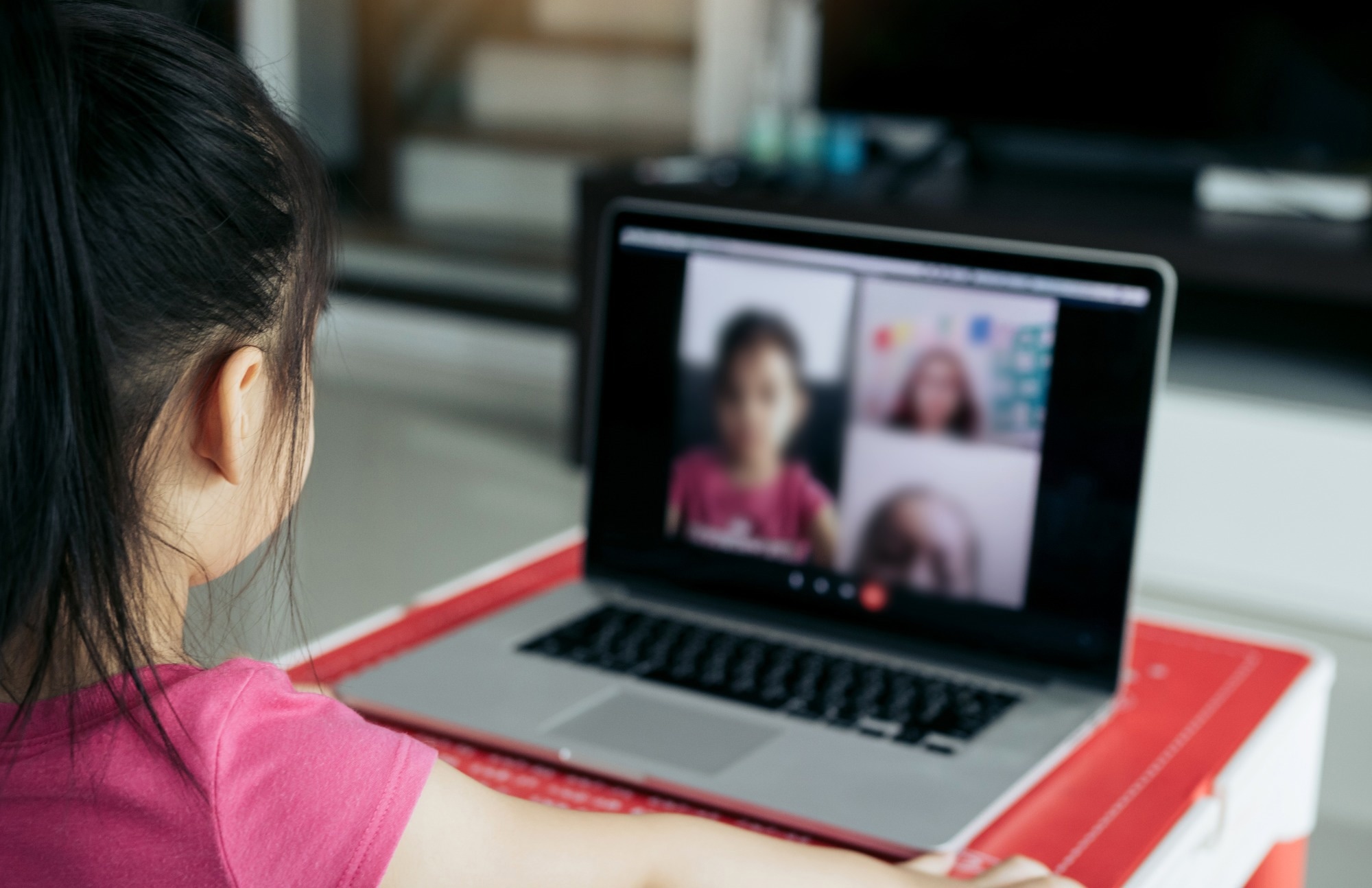This cohort study included 51 matched pairs of United States (US) counties, which had middle and secondary schools with students at the sixth grade level or above that reopened during the 2020-2021 academic year, the first year of the COVID-19 pandemic.
 Study: Association of In-person vs Virtual Education With Community COVID-19 Case Incidence Following School Reopenings in the First Year of the COVID-19 Pandemic. Image Credit: wutzkohphoto/Shutterstock.com
Study: Association of In-person vs Virtual Education With Community COVID-19 Case Incidence Following School Reopenings in the First Year of the COVID-19 Pandemic. Image Credit: wutzkohphoto/Shutterstock.com
Background
Middle and secondary schools across the included US counties reopened after the COVID-19 lockdown at variable times during the 2020-2021 academic session, presenting an opportunity to examine the relationship between two educational approaches, in-person vs. virtual, and their effect on community COVID-19 incidence.
All previous studies making these assessments arrived at mixed conclusions and fetched results biased by multiple confounders.
About the study
In the present study, researchers screened all US counties with a single public school district that met a minimum of one of these criteria:
i) a state capital;
ii) at least one city with a population of >100,000 individuals;
iii) the most populous county within a state;
iv) population density >250 persons a square mile; or
v) registered average new case counts ≥20 during June-July, 2020.
In this way, the researchers identified 229 US counties for study analysis before matching. Then, they matched all included counties 1:1 based on four factors, population-level demography, geographical proximity, the renewal of sports activities at schools, and baseline COVID-19 incidence rates.
The team scanned official school district websites, including schools' social media accounts, to gather data on school reopening plans. The primary study outcome was the incidence of new severe acute respiratory syndrome coronavirus 2 (SARS-CoV-2) per 100,000 residents in each county daily.
Some time-invariant covariates included the proportion of county residents with diabetes and a measure of face masking in the general population. The generalized linear mixed-effect model (GLMM) accounting for time-invariant and time-varying covariates helped the researchers evaluate the correlation between school reopening and COVID-19 cases per 100,000 county residents daily.
The GLMM expressed the effect estimates as ratios of daily COVID-19 cases between exposed and unexposed counties, accounting for covariates.
Further, the researchers conducted two stratified analyses to assess modifications in study assessments due to full vs. partial in-person approach and baseline incidence rates of COVID-19 at the community level.
The latter criteria helped the researchers weigh the relative value of Centers for Disease Control and Prevention (CDC) recommendations of community-level COVID-19 incidence thresholds for the 2020-2021 academic session.
Results
The average population of exposed and unexposed counties were 141,840 and 131,412 residents, respectively. In the first four weeks of school reopening, regardless of in-person or virtual instruction mode, the daily COVID-19 case counts remained the same across all studied US counties.
However, beyond four weeks, the daily count of cases increased in counties following in-person educational mode. At six weeks, daily COVID-19 case incidence per 100,000 residents in counties where schools reopened and provided in-person education was higher than in counties where they adhered to virtual instruction.
With an adjusted incidence rate ratio (IRR) of 1.24. At eight weeks, the adjusted IRR surged further to 1.31.
These observations remained higher in counties where schools reopened and followed an in-person instructional model.
Conclusions
The researchers used a highly sophisticated design with many sensitivity analyses alongside high-quality data on school and community factors to confirm the results of previous studies that identified a positive correlation between in-person school reopenings and community-level SARS-CoV-2 transmission.
Despite this positive correlation, the observed increase in daily COVID-19 cases was minimal after school reopening, regardless of whether schools followed in-person vs. virtual educational mode. Suggesting that the following mitigation strategies within schools narrowed down the difference in community case incidence between both types of schools.
In fact, enough data suggest that masking by school students, faculty, and staff members reduced SARS-CoV-2 transmission in school settings following reopening.
The study findings are significant from the perspective that schools improve each student's academic, mental, social, and physical health. These results will help guide decision makers in future pandemics in balancing safety and providing the best education circimstances.